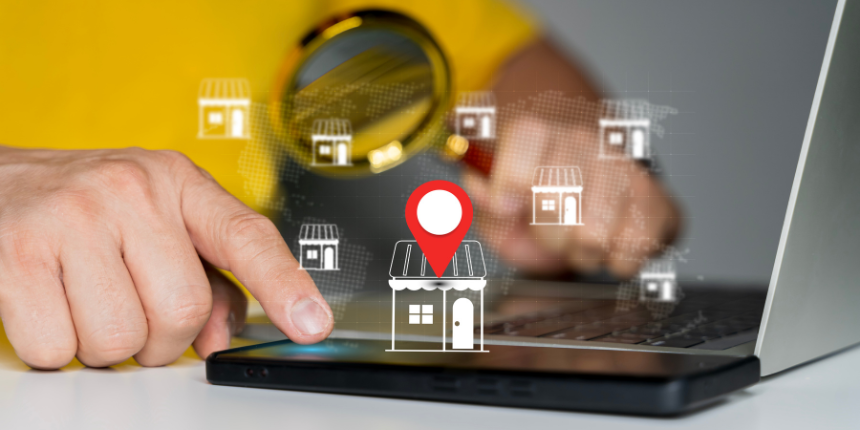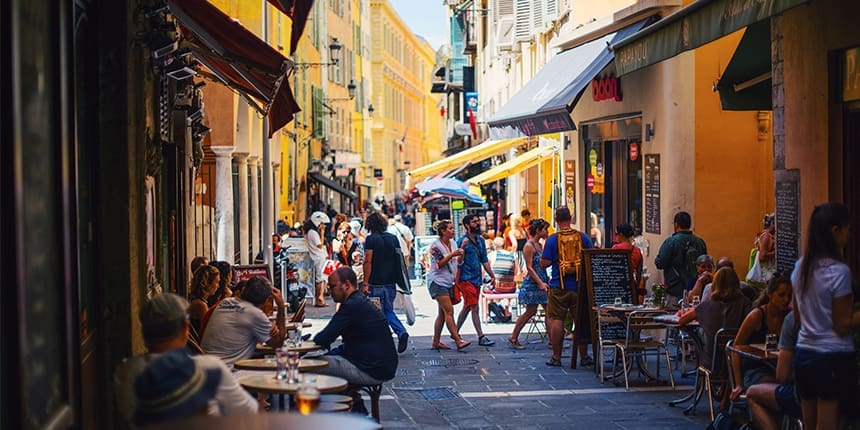
Maximize your local presence through strategic location management.

If you scroll through the #travel hashtag on Instagram at this very moment, you will find almost 400 million posts showcasing various places, faces, and landmarks from around the world.
But take a closer look at the grid. None of these photos blatantly present tourist staples like the Eiffel Tower, Empire State Building, Leaning Tower of Pisa, or Great Wall of China. Oftentimes, you may not even know where the person is until you look at the description, geotag, or other elements in the background to help guide your instincts.
Navigate to other hashtags such as #travelphotography or #travelblogger and you’ll find even more obscure places and hidden gems you may never have seen before. The implication is clear: more and more travellers are looking for unique travel experiences. They want to find inimitable places and experiences—and this often means searching for local authenticity in a thoroughly globalised market.
In addition to Google reporting a 41% increase in views of travel-related videos compared to 2017, wider search habits are corroborating a growing trend towards locally authentic, off-the-beaten-track experiences. Compared to 2018, searches for “adventure travel” on Pinterest (encompassing swimming holes, abandoned amusement parks, and cave diving) are up more than 693%; “surprise destinations” searches have increased more than 192%; and “sustainable travel” has grown more than 56%.
This is encouraging travel brands to expand their experiential offerings beyond just flight and accommodation booking. In 2017, Airbnb reported 2,500% growth in experiences booked, with 91% of all reviews for these experiences receiving 5 stars. Indeed, there were 25 times more searches for experiences than homes, prompting Airbnb to expand their experience offerings to 1,000 experience destinations by the end of 2018. Additionally, Airbnb has started to leverage machine learning models to optimise their search rankings and personalise the search experience between users to cater to their need for a place to stay and things to do.
At this point, it’s easy to see that the digitisation of the travel industry has reinvented the customer journey, with airlines, hotel chains, and agencies looking to adapt to these changes with their own form of digital transformation. But there is still much progress to be made.
In a study published by Accenture, 67% of customers want companies to personalise their communications—but only 44% of these customers think the communications they receive are good. The same study found that 67% of customers want brands to leverage their past travel information to offer better suggestions and help them make better travel decisions.
Digital disruptors like Airbnb, Uber, Netflix, and Amazon have all revolutionised their respective industries on the age-old premise that the customer is always right. Being able to instantly rent a home, catch a ride, watch a video, and order anything and everything you could possibly need at a moment’s notice has changed our expectations. Travellers are no longer asking how to do things or when to do things—instead, they are looking at what to do and where to go.
Customers want personalised experiences, and they want the brands they engage with to help make it happen. They’re even open to sharing some of their data if it leads to tailored content that helps them make informed travel decisions. In essence, travel brands have to strike a balance between providing customers with an automated process while also personalising the journey along the way, much like a GPS assisting a driver.
Subscribe to our monthly newsletter.
A lot is being invested in building experience-oriented platforms, reflecting the growing demand for authentic, local travel experiences and niche, one-of-a-kind itinerary options. But this demand is not only literal—it’s aspirational, too.

Instagram travel accounts have gained widespread popularity, inspiring prospective travellers as well as aspirational ones to venture into the unknown. The influence of Instagram on travel is astounding, with more than 40% of those under the age of 33 factorings in the “Instagrammability” of a place when making travel decisions. Consider also that the top travel influencers make six-figure salaries through sponsorships and advertisements—and post content that garners hundreds of thousands of likes and millions of impressions across a range of social media platforms.
The newest rising stars in the travel category are beginning to highlight the importance of localised travel. Take the meteoric rise of Culture Trip, a startup that specialises in travel content that is both localised and location-based. With the goal of inspiring prospective travellers to go beyond their cultural boundaries, Culture Trip’s local-centric content has been viewed more than 2 billion times since 2016.
All of this is to say that many travellers are no longer satisfied with cookie-cutter itineraries. They want deeper connections with the places they visit and the people they meet along the way.
Whether it’s creating an open platform that encourages community participation, inspiring prospective travellers using social media, or creating and curating content that amplifies local stories, the key to delivering a personalised travel experience is understanding local markets and their communities. That’s why we believe localisation is the ultimate form of personalisation—an idea we explore in detail in our updated travel white paper, Departures, Destinations, and Disruptors.
Is your travel brand engaging with the new breed of traveller? We can help you reach the right people with the right message at the right time, from the brand level all the way down to hyperlocal moments. Contact DAC.
Maximize your local presence through strategic location management.
Maximize your local presence through strategic location management.
Subscribe to our monthly newsletter.